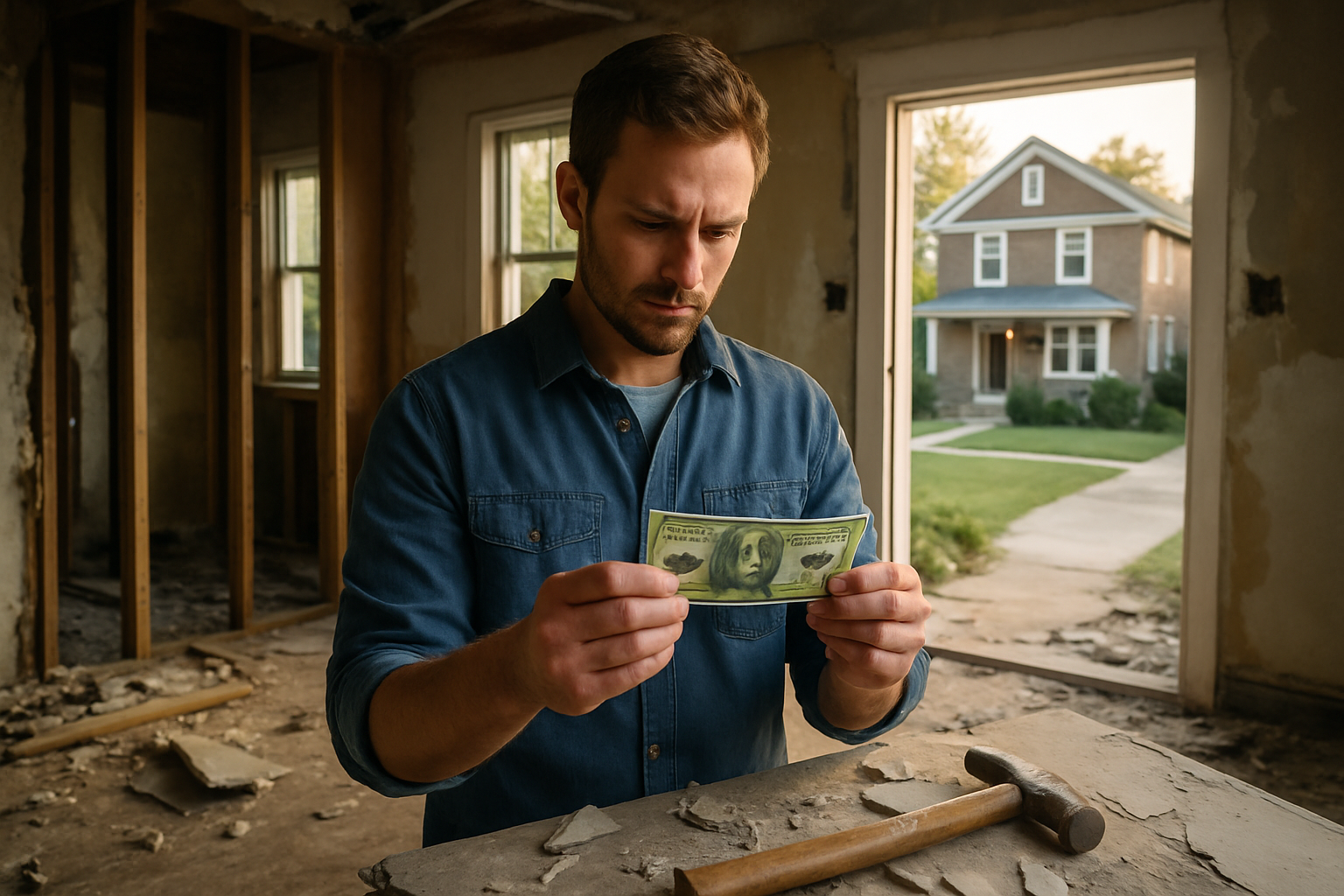The Untapped Potential of Rehabbing and Flipping Houses
Real estate is a versatile sector that offers a myriad of opportunities for those who dare to venture into its depths. One such opportunity is the strategy of rehabbing and flipping houses. This approach, although not new, is often overlooked by many investors, yet it holds an incredible potential for high returns if executed correctly.

The Genesis of Rehabbing and Flipping Houses
The concept of rehabbing and flipping houses essentially involves buying a property at a lower cost, investing in renovations and improvements, and reselling it at a higher price. This strategy was first popularized in the 1980s, when economic conditions led to a surge in foreclosures, creating a market ripe for house flipping. The trend has since grown, with the rise and fall of house flipping closely linked to the overall health of the real estate market.
The Current State of House Flipping
In recent years, house flipping has seen an uptick, with certain markets proving particularly lucrative. According to a report by ATTOM Data Solutions, house flipping accounted for 5.9% of all home sales in the US in 2021 – the highest level since 2006. The report also pointed out that the average gross profit on a flip was $67,000, indicating the financial potential of this strategy.
Weighing the Pros and Cons of House Flipping
House flipping is not without its challenges. It requires a significant investment of time, money, and effort, and it carries inherent risks. To successfully flip a house, one must carefully assess the property condition, accurately estimate renovation costs, and predict market trends.
On the other hand, the advantages of house flipping are numerous. If done right, it can yield high returns in a short timeframe. It also offers a creative outlet, allowing investors to transform properties and increase their market value through strategic renovations.
The Impact of House Flipping on the Real Estate Market
House flipping has a profound impact on the real estate market. It can lead to neighborhood revitalization, as rehabbed properties often help improve the overall appeal of an area. However, excessive flipping could also inflate property prices, potentially leading to housing market instability.
Mapping the Path to Successful House Flipping
The key to successful house flipping lies in meticulous planning and execution. Investors must conduct thorough market research, choose properties wisely, manage renovation costs, and time their sale properly.
In conclusion, rehabbing and flipping houses is a viable and profitable real estate strategy, offering high returns for those willing to invest their time and resources. It requires a keen understanding of the real estate market and a willingness to navigate its challenges. As the real estate landscape continues to evolve, the potential of house flipping remains an untapped goldmine, waiting for savvy investors to seize the opportunity.





